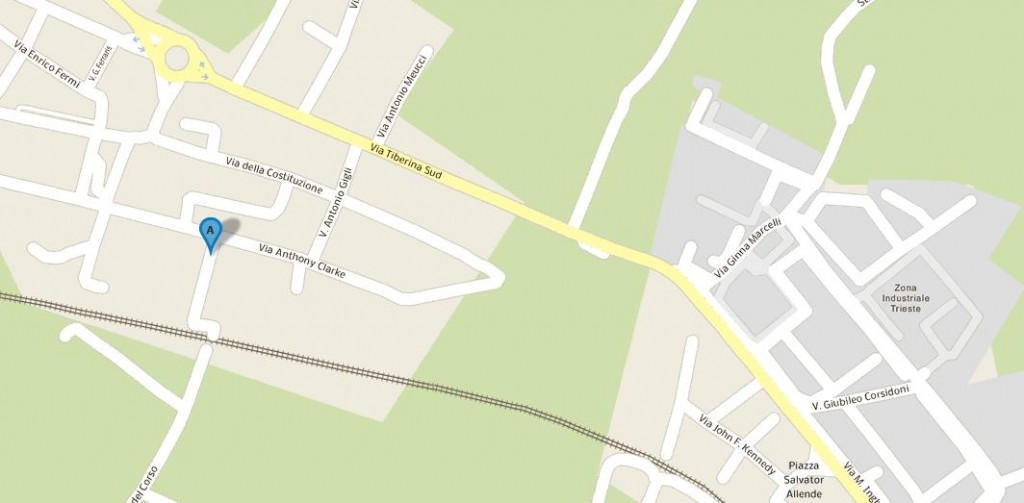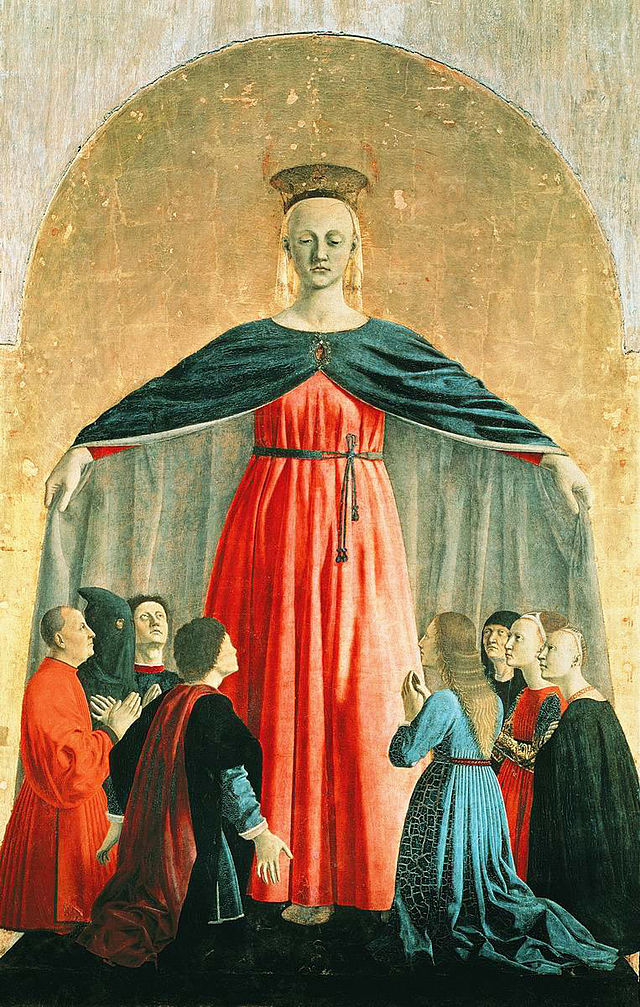The Misericordia Polyptych Meets Allied Bombs November 22, 2014
Author: Beach Combing | in : Contemporary, Medieval , trackbackThe Misericordia Polyptych is a talismanic work of art by Piero della Francesca, today, and for most of its history, kept at Sanselpolcro in eastern Tuscany near the border with Umbria (Italy). It took PF seventeen years to complete the polyptych, yet it would have only taken a second for an Allied bomb to blow one of the finest works of renaissance art to sorry splinters. Beachcombing trembles to write this, but it almost happened… 14 Janury 1944 Ugo Procacci, a legendary art restorer, then 39, and his assistant Edo Masini were driving from Sansepolcro towards Florence in a truck, and on the back of the truck was the polyptych being taken to dubious safety in the flowery city, which would, only months later, have its fun in the sausage machine of total war. As they were on the high road they heard Allied planes and found themselves, to their horror, in the middle of a bombing raid. Procacci parked the truck and he and Masini ran for a cover (of a kind) while bombs cascaded around them. Two dedicated public servants and one of the treasures of the Christian world found themselves, in fact, at the mercy of the roulette of falling high explosives. The men did not go too far, because as Procacci later remembered he could not bring himself to abandon his charge, and if he had to die with the painting, well so be it. The raid carried on for some minutes and at the end of it the pair stood up, brushed themselves down and walked back to the truck. It had been horribly close. Indeed, one bomb had fallen just thirty yards from the masterpiece, but it was still in one piece. The pair continued cowed but not bleeding to Florence with their treasure. Other close shaves of great works of art: drbeachcombing AT yahoo DOT com Nothing about destroyed art please, it is just too painful.

Sansepolcro, incidentally, might have lost its most famous work temporarily, but it would have reason to thank Piero della Francesca later in the war. Another of his works, The Resurrection, arguably saved the village when, in July 1944, Sansepolcro found itself in the front line. A British artillery officer Anthony Clarke, ‘English, gay, art-loving’, did his best to spare the community because he remembered that it contained the mural, the Resurrection, from a distant reading of Aldous Huxley, who rated the Resurrection, the greatest work of art ever made. The villagers were subsequently grateful enough to name a street in Sansepolcro after their unlikely British savior. Today you will find his name with other foreign heroes on the town’s map including Allende and Kenedy. There are worse forms of immortality…




